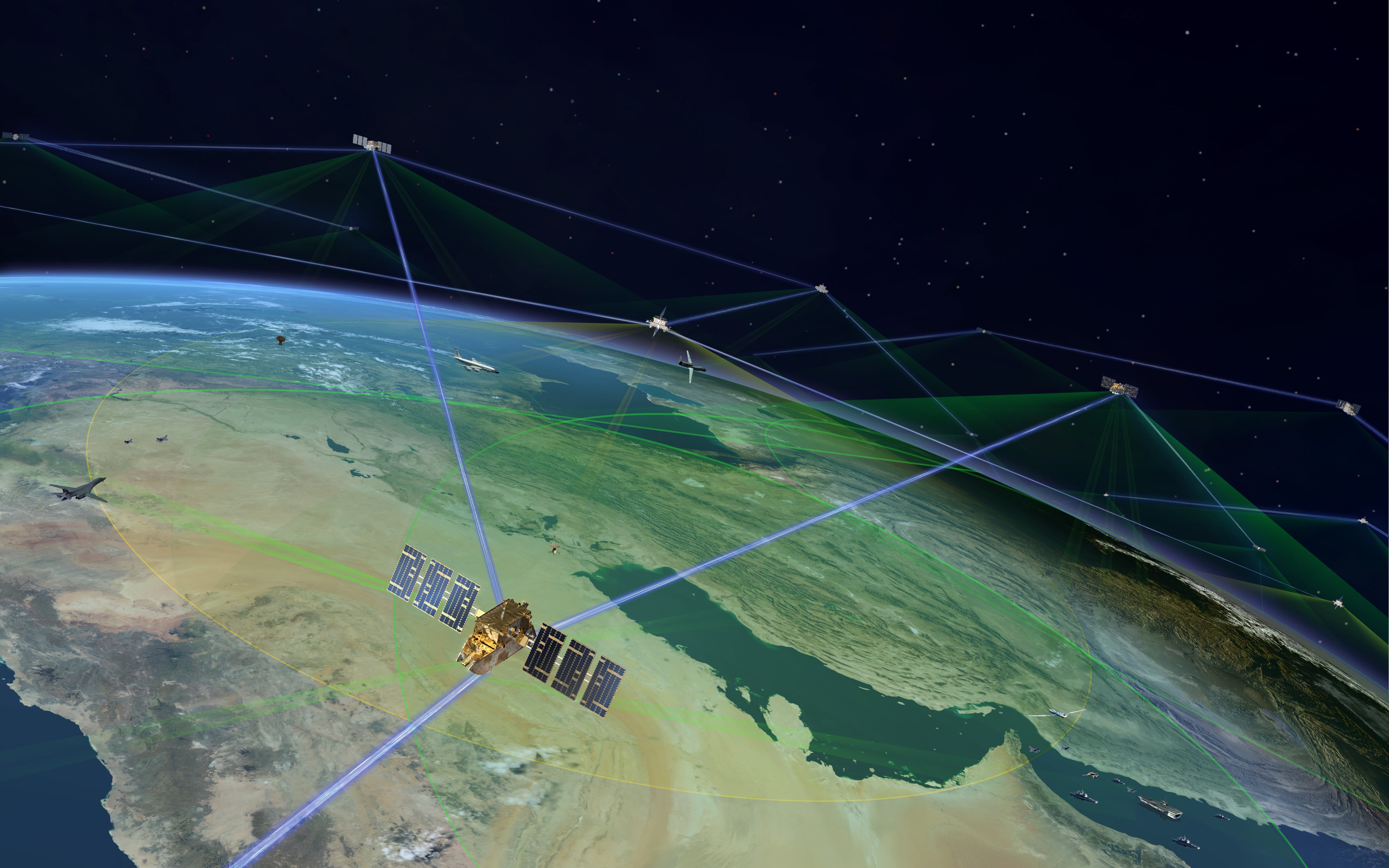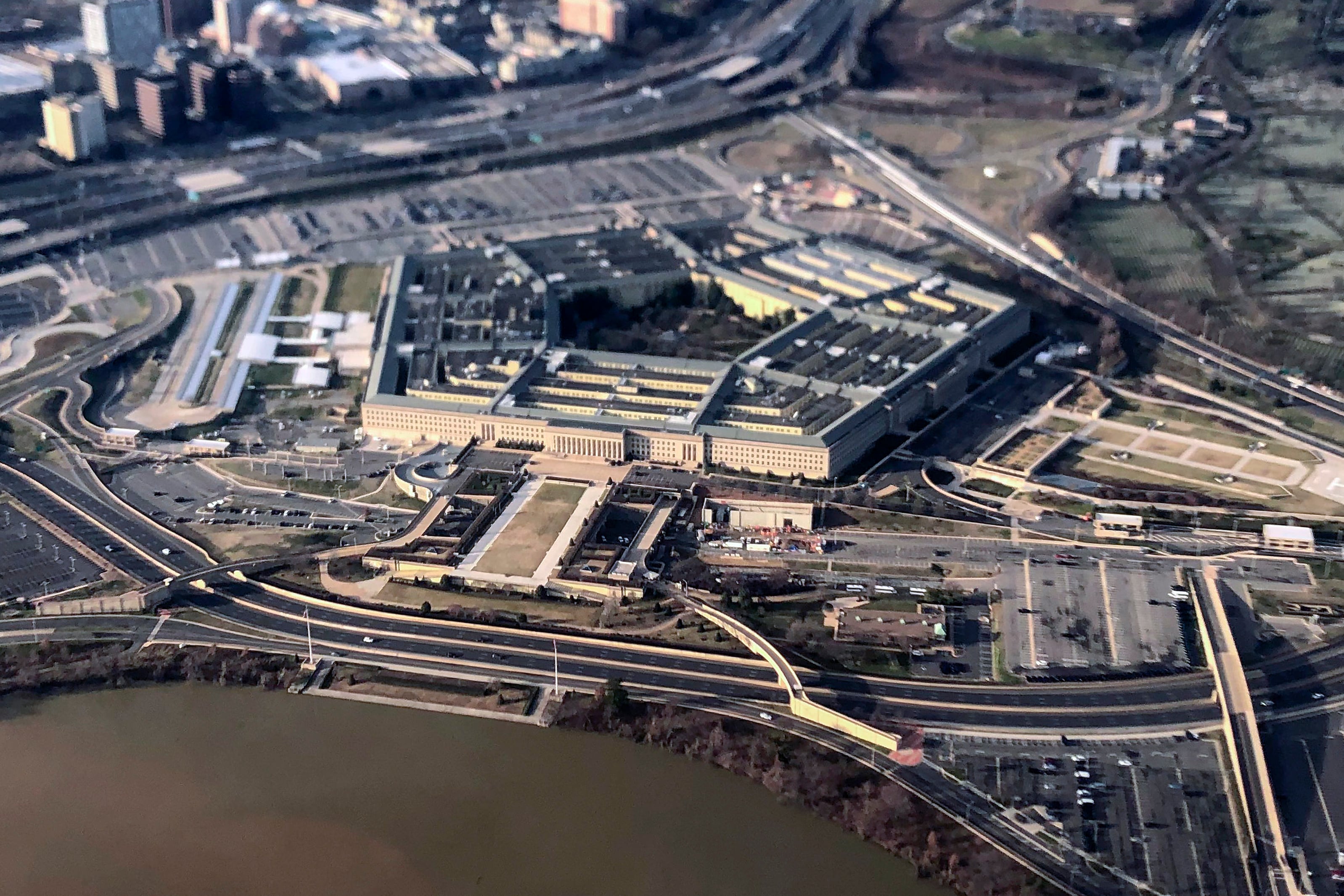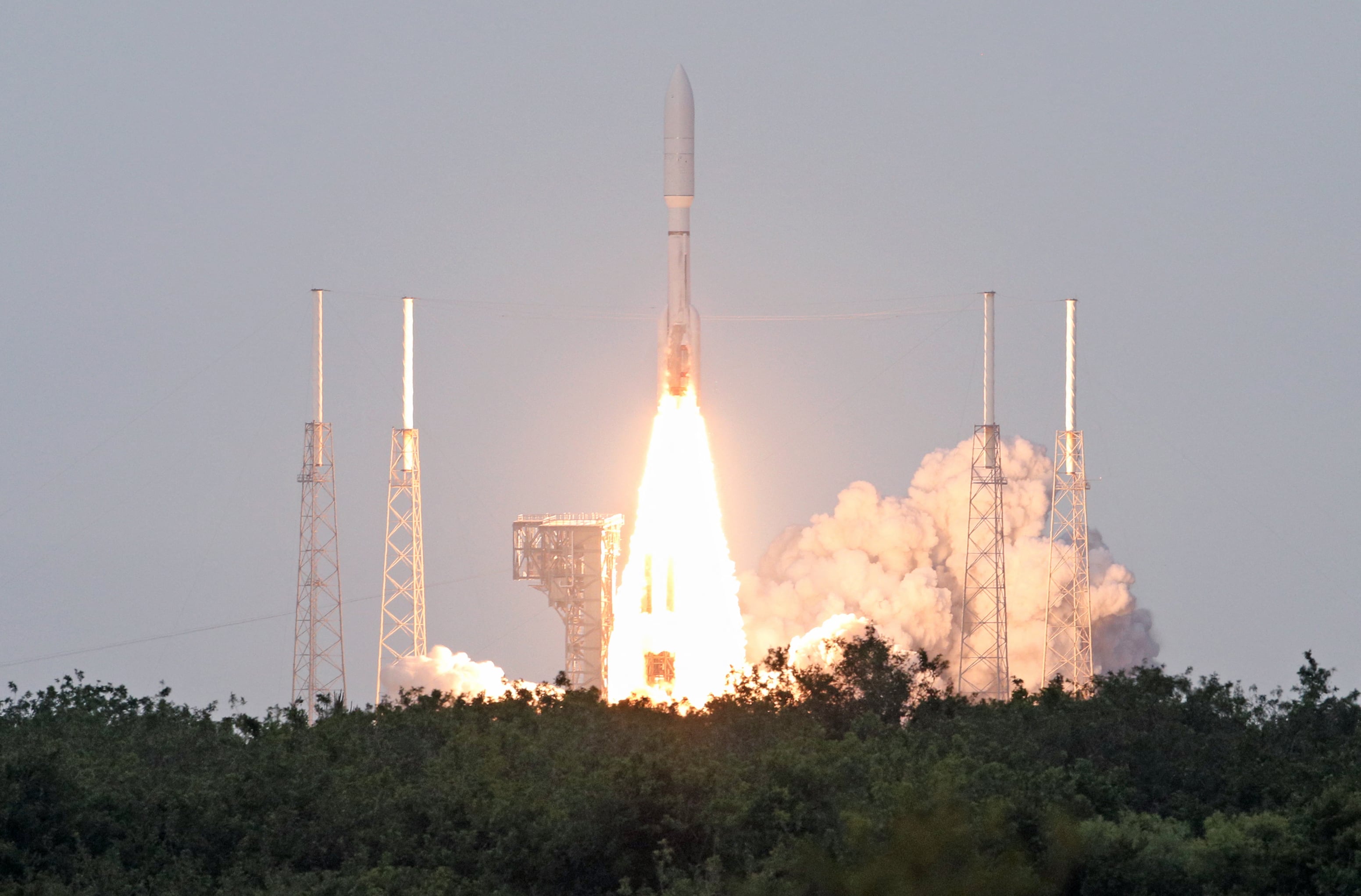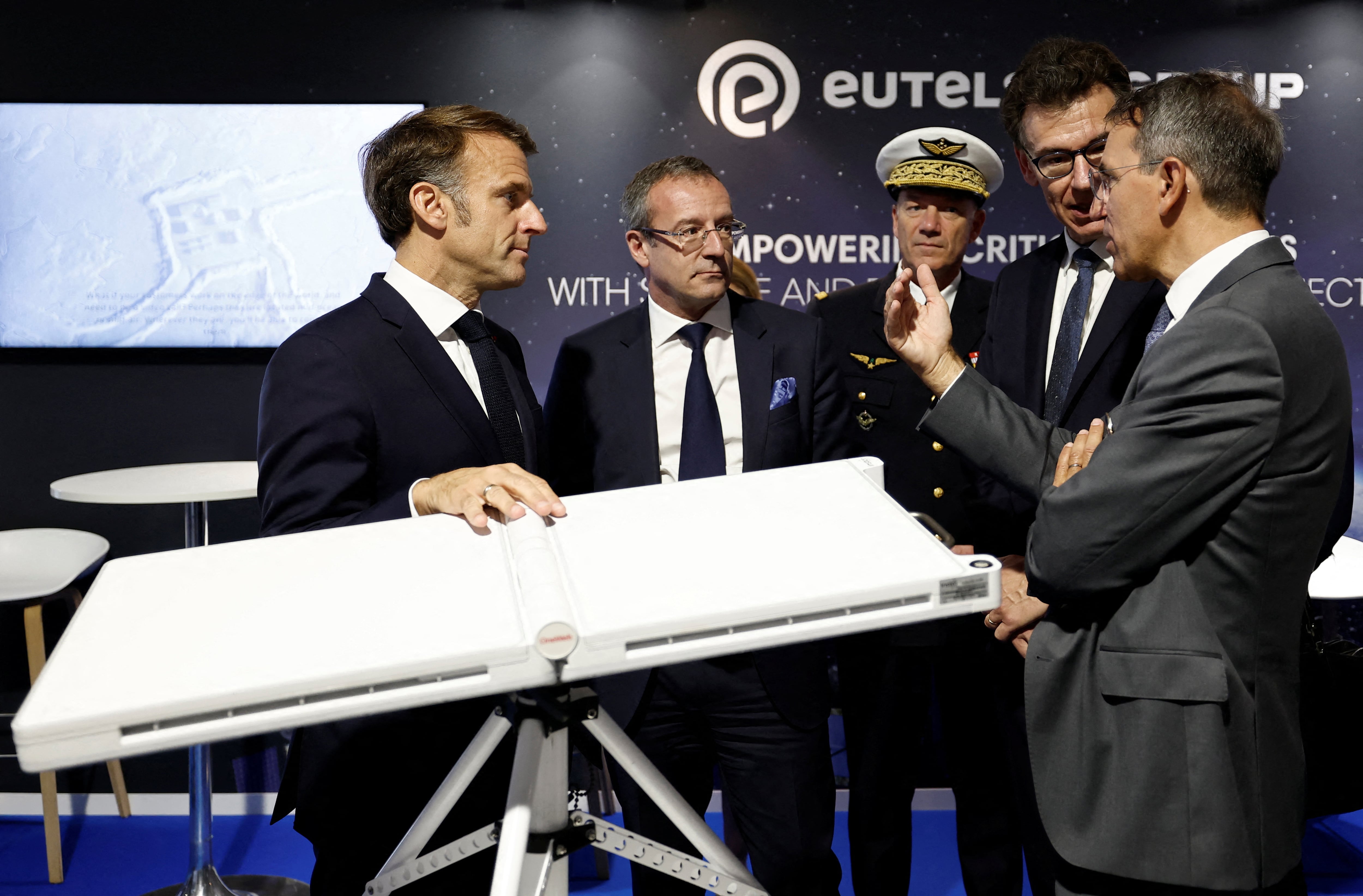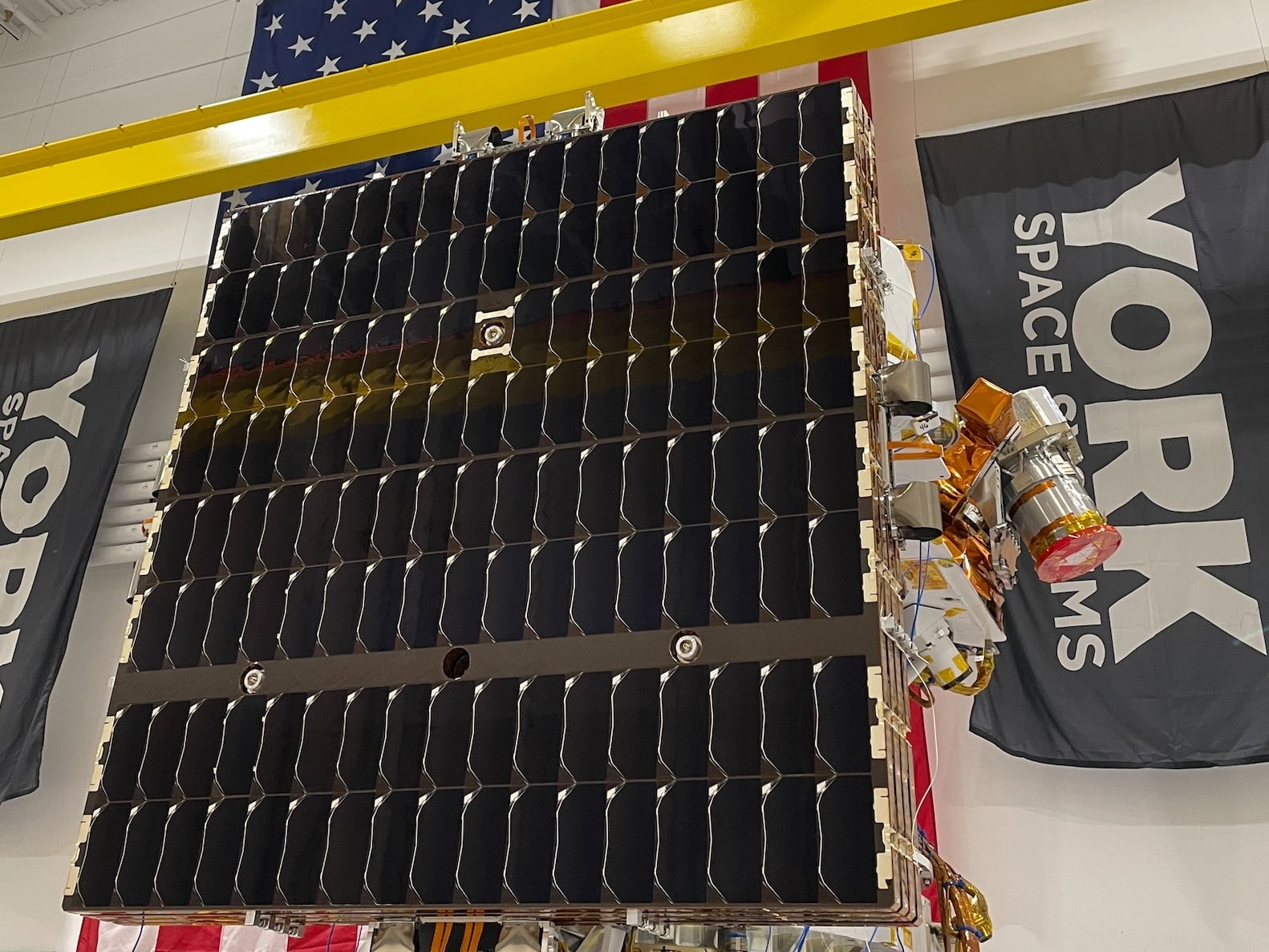If there is any indication of the growing prominence of unmanned vehicles in naval warfare, it is the Navy's creation of a new, centralized office to oversee development of these robotic craft.
In November, the Navy stood up the Unmanned Warfare Systems Directorate, or office N99, to centralize the Navy's unmanned efforts. Headed by RDML Robert Girrier, N99 assumes the unmanned systems development functions of multiple Navy directorates and organizations, including those for expeditionary, surface, undersea and air warfare, as well as information dominance and naval intelligence.
"N99 will have the authority and responsibility of taking promising, nascent unmanned concepts and systems (pre-milestone B), assessing their war fighting application, guiding them through the initial acquisition process, and passing them to the appropriate resource sponsors for continued management," said Chief of Naval Operations ADM John Richardson.
Meanwhile, the Navy's unmanned vehicles have been given a powerful advocate: retired Marine Corps BGen Frank Kelley, former commander of Marine Corps Systems Command, was appointed in October as the Navy's first-ever deputy assistant secretary for unmanned systems.
The Navy reorganization comes as unmanned underwater vehicles, which have received less attention than their aerial counterparts, are playing more prominent roles in operations. In October, Secretary of the Navy Ray Mabus announced in October that the Navy would form a squadron of large displacement unmanned underwater vehicles (LDUUV).
All those projects suggest there will be no shortage of work for the Navy's new unmanned systems office. "The N99 will bring the fleet, our naval research and development establishment, and our new war fighting development centers to work together on rapid prototyping," wrote Navy spokesman LT Robert Myers in an email to C4ISR & Networks. "It develops a comprehensive plan to organize venues for the rapid demonstration of unmanned systems in all operating domains (air, sea surface, underwater, cyber and on land)."
The Unmanned Warfare Systems Directorate will use a "lean and innovative" rapid development cycle, working alongside both the deputy assistant secretary for unmanned systems and the deputy assistant secretary for research, development, test and evaluation to keep abreast of the latest technologies and how well they fit Navy requirements. The directorate will "rapidly prototype and demonstrate the highest priority 'matches' to verify technical capability and military utility before going into acquisition," Myers said.
In terms of budgeting, the Unmanned Warfare Systems Directorate will be targeting breakthrough technologies. The directorate will transfer programs to support fiscal 2016 budget execution and planning for fiscal 2017, with future allocations slated for fiscal 2018. "A new funding line was developed to facilitate development, prototyping and demonstration to advance our war fighting capabilities," Myers said.
When asked about the possibility of the Navy developing armed UUVs as underwater equivalents to combat air vehicles such as the X-47B, Myers replied that, "It's too early to speculate but it is likely N99 will broaden its focus to include all emerging technology and capabilities so we can maintain our historic asymmetric advantage across every Navy domain."
Besides the X-47B, other Navy unmanned aircraft projects include the MQ-4C Triton long-range maritime patrol unmanned aerial vehicle and the MQ-8 Fire Scout unmanned helicopter, which will fly from littoral combat ships. Besides the Knifefish, Naval Sea Systems Command is developing the LDUUV, which will be capable of operating from Virginia- and Ohio-class submarines to perform ISR, signals intelligence, antisubmarine warfare and mine countermeasures.

